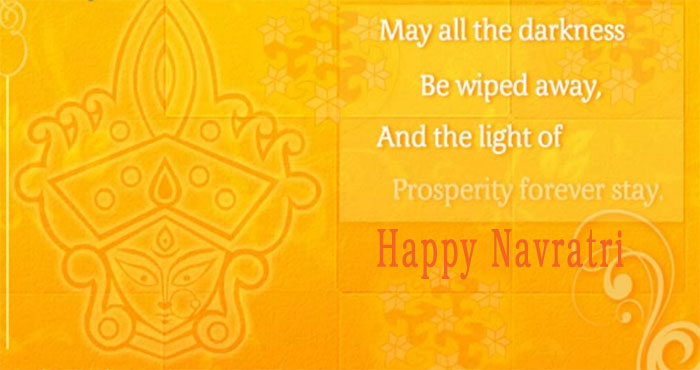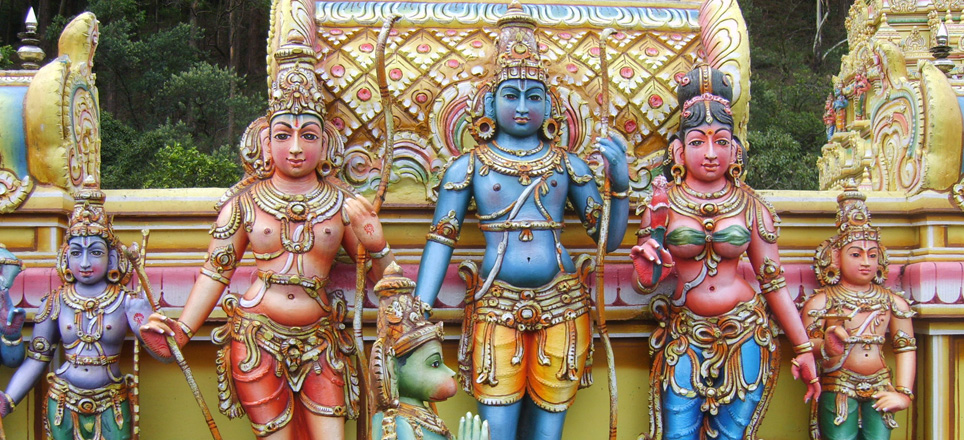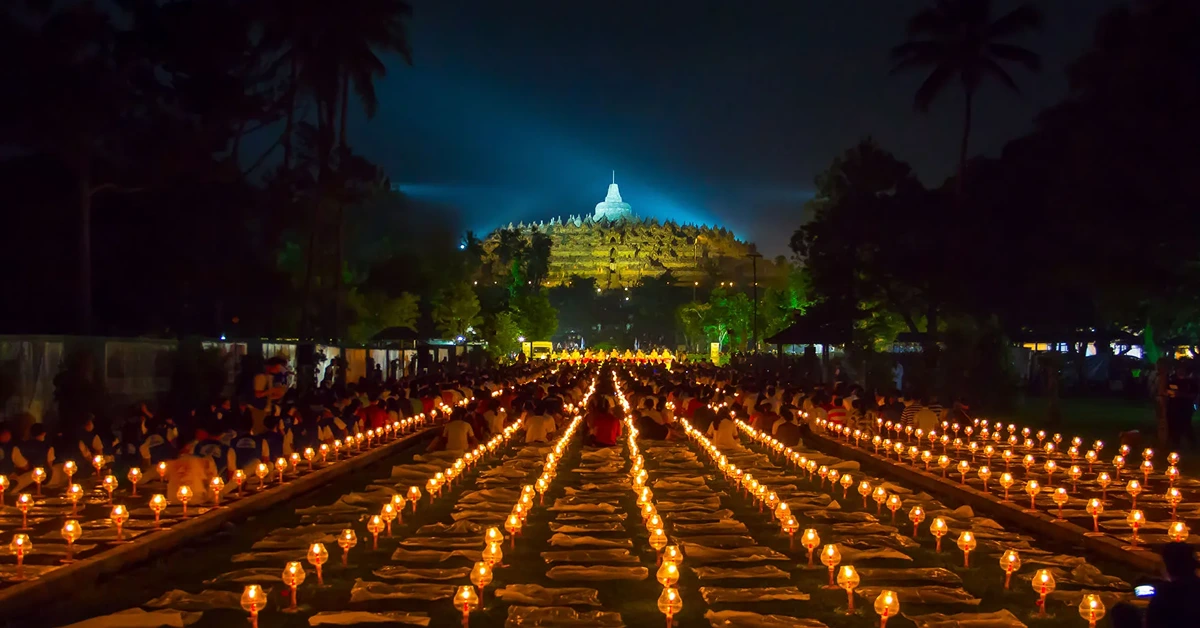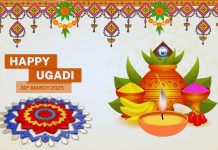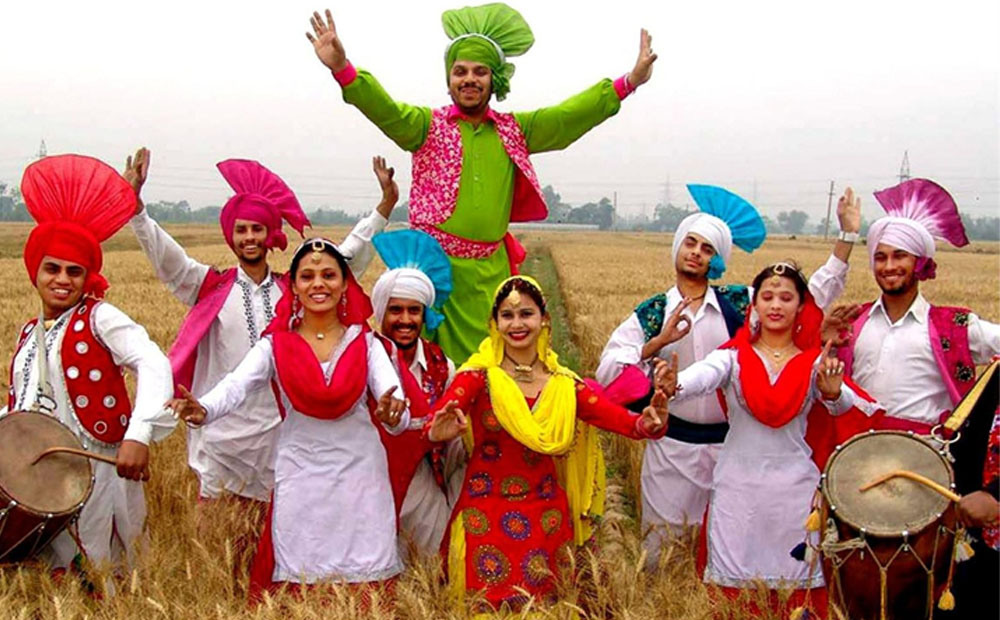According to Hindu lunar calendar, Chaitra is the first month and the first day of this month is celebrated as the Hindu New Year. Chaitra Navratri is the end of the winter season and beginning of the summer in India. Chaitra Navaratri is also known as Vasant Navratri, celebrated more popularly with great pomp and devotion in the northern part of India. Rama Navami, the birthday of Lord Rama usually falls on the ninth day during Navratri festivity. Hence Chaitra Navratri is also known as Rama Navratri.
This year, Chaitra Navratri begins on April 8 the ‘pratipada’ (1st day) till the ‘navami’ (9th day) of the Shukla Paksha (the bright fortnight of moon). It is celebrated with fasting, singing hymns and prayers for good health, wisdom and blessings of Maa Durga.
According to the Hindu Puranas and scriptures, Chaitra Navratri was the most important Navratri in which Goddess Shakti was worshipped, until Lord Rama worshipped Goddess Durga in the ‘Ashwin’ month during the Ramayana war. Chaitra Navratri is celebrated with immense pomp and show in whole of India, especially the northern states. This Hindu festival is very popular in Himachal Pradesh, Haryana, Punjab, Madhya Pradesh, Uttar Pradesh and Uttarakhand to name a few. In most of these states, a huge fair is organised in the Shakti temples. In the state of Maharashtra it begins with ‘Gudi Padwa’ whereas in southern states like Andhra Pradesh, the celebrations kick start with ‘Ugadi’.
Rituals during Chaitra Navratri:
Praying and fasting marks the Chaitra Navratri celebrations. Before the start of the celebrations, the house is cleaned for welcome the Goddess in their home. The devotees performing the puja observe a fast for all nine days. While fasting only ‘satvik’ vegetarian food like fruits, milk, potato and other root vegetables are eaten. Specific ingredients are used for preparing the navratri delicacies. Spices are limited to red chillies, turmeric and cumin seeds, and sendha namak (rock salt) is used instead of common salt. Consumption of non-vegetarian food and also use of onion and garlic is strictly avoided.
Some of the typical Navratri recipes are Vrat ke Chawal, Sabudana Vadaa and Puri, Aaloo Mewawale, Kacche Kele ki Chaat, Singhaade ke Pakode, Singhaade ka Halwa, Payash, Kuttu ki Puri, Arbi Fried, Coconut laddoos, Bundi sweets, and many more.
The devotees spend their day worshiping the Goddess and chanting the Navratri mantras. The fast is broken on the ninth day after the ‘havan’ and the Prasad, after offering to the Goddess, is eaten along with other members of the family.
As during the Navratri time, Goddess Shakti manifests herself in three forms, namely, Goddess Durga, Lakshmi and Saraswati, the puja rituals of Navratri are also categorized in set of three days, with each set dedicated to a particular Goddess.
The first three days of Chaitra Navratri is dedicated to Maa Durga, the Goddess of energy, on the next three days, Maa Lakshmi, the Goddess of wealth, is worshiped and the last three days are devotes to Maa Saraswati, the Goddess of Knowledge. The puja rituals of each of the nine days of Chaitra Navratri are given below:
- Day 1 – Pratipada – on this day the rituals performed are ‘Ghatasthapana’, ‘Chandra Darshan’ and ‘Shilputri Puja.
- Day 2 – Dwitiya – the rituals of the day are ‘Sindhara Dooj’ and ‘Brahmacharini Puja’.
- Day 3 – Teej – This day is celebrated as ‘Gauri Teej’ or ‘Sauhagya Teej’ and the main ritual of the day is ‘Chandraghanta Puja’.
- Day 4 – Chaturthi – Also known as ‘Varad Vinayaka Chauth’, on this day the devotees observe the ‘Kushmanda Puja’.
- Day 5 – Panchami – This day is also referred as ‘Lakshmi Panchami’ and main puja observed on this day are ‘Naag Puja’ and ‘Skandamata Puja’.
- Day 6 – Shashthi – It is known as ‘Yamuna Chath’ or ‘Skanda Sasthi’ and puja observed is ‘Katyayani Puja’.
- Day 7 – Saptami – This day is celebrated as ‘Maha Saptami’ and the ‘Kalratri Puja’ is performed to invoke the blessings of the Goddess.
- Day 8 – Ashtami – It is the main day of ‘Durga Ashtami’ and is also called as ‘Annapurna Ashtami’. On this day ‘Mahagauri Puja’ and ‘Sandhi Puja’ are performed.
- Day 9 – Navami – The last day of the Navratri festivities is observed as ‘Rama Navami’ and on this day the ‘Siddhidatri Maha Puja’ is performed.



